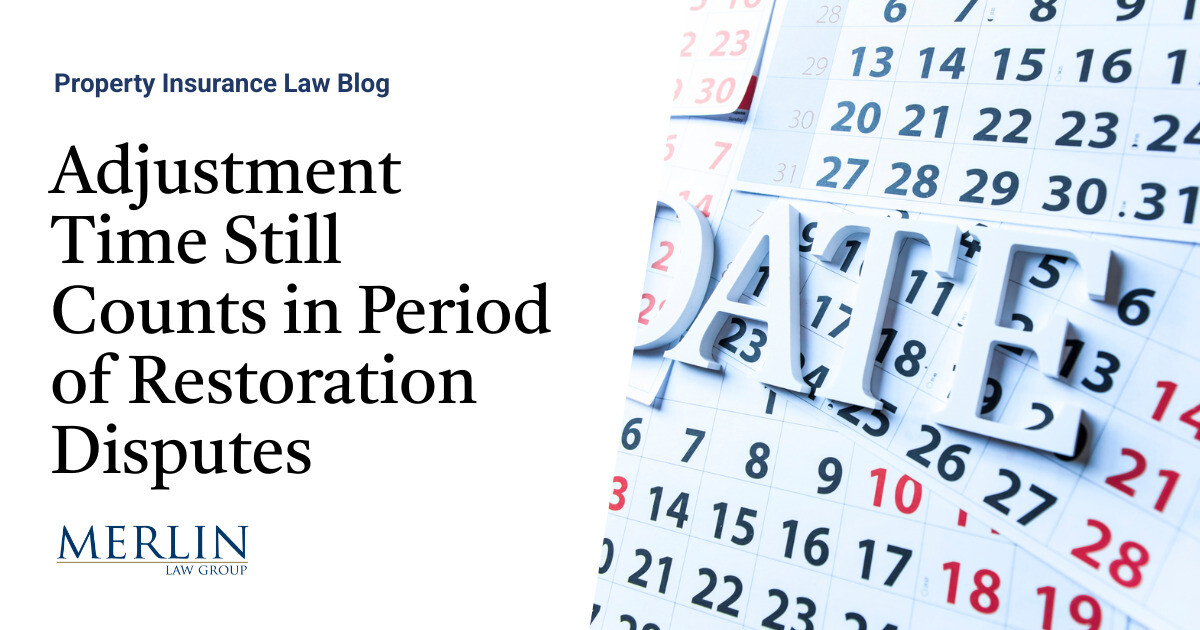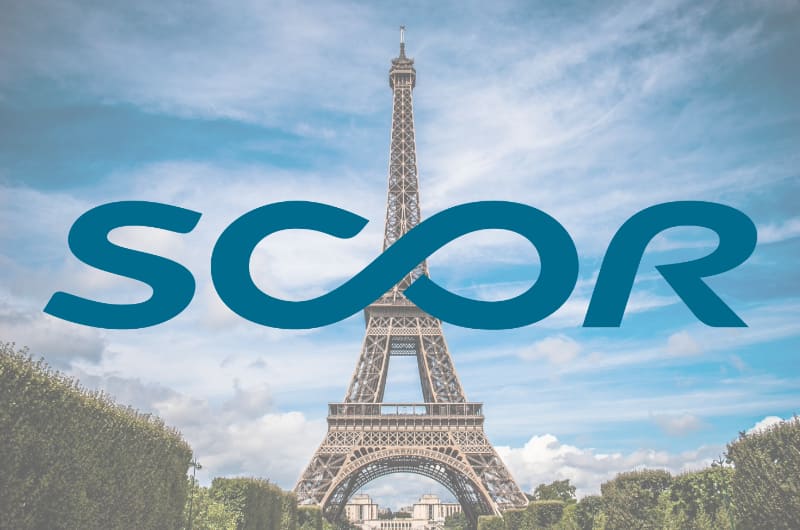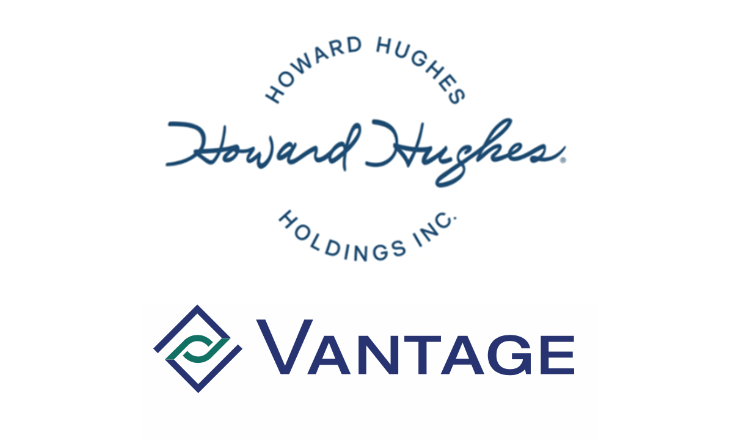
According to Prevent Blindness, ‘more than 2,000 people injure their eyes at work each day.About 1 in 10 injuries require one or more missed workdays to recover from eye injuries.Of the total amount of work-related injuries, 10-20% will cause temporary or permanent vision loss.’ These numbers mean between 200 and 400 people are losing their vision every day.
The results of eye injuries cost millions of dollars annually due to medical costs, lost productivity, and workers compensation.Not to mention the permanent, long-lasting effects that could alter a person’s life forever.Something as simple as a $10 pair of safety glasses could prevent this from becoming an employee’s reality.
Below we outline valuable eye safety tips you can employ in your business right away.Read, ‘How to Develop a Written Safety Program’ for additional workplace safety tips.How to Protect Your Eyes from Work-Related Injury Knowing how to protect your eyes is the first step in preventing eye injuries at work and at home.
Before implementing eye safety controls, you must be able to identify hazardous situations that can pose a threat to your eyes and the eyes of those around you.Once the hazards are identified you can implement controls to prevent eye injuries from happening.An effective method of control to prevent eye injury is personal protective equipment (PPE); however, additional equipment is needed if an eye injury occurs.
In the event of an eye injury, eye wash stations can help minimize the extent of the injury.It is always important to know the location of the nearest eyewash station.In moments of stress and injury it can be difficult to locate the nearest station if it is not already known.
Read, ‘9 Smart Tips for Construction Site Protective Equipment.’ Types of Eye Protection There are different types of eye protection suited to protect the user in different ways.Common types of eye protection: Safety glassesSafety goggles Face shields (secondary layer of protection)Welding helmetsThe most common is standard safety glasses.Safety glasses provide impact protection from flying objects.
To ensure that they provide adequate levels of protection, safety glasses must be stamped with an ANSI Z87.1/Z87/Z87+ to indicate that they are certified to the level of protection dictated by the American National Standards Institute.Safety glasses are also available in prescription options to accommodate individuals with corrective lenses.If there is a splash hazard present, then goggles are an effective method of protection.
Goggles seal around the user’s eyes and prevent liquids from splashing into the eyes while also providing impact protection.Face shields can be used as a secondary form of eye protection as well.Face shields must be used in conjunction with goggles or safety glasses and should not be used independently.
However, they provide additional protection from splashes and impacts.An example of a more unique form of eye protection is a welding helmet.Welding helmets are used to reduce the intensity of light and block harmful ultraviolet light produced by welding operations.
Potential Eye Hazards at Work Eye hazards present themselves in various ways but some of the more common ones are listed below.All the hazards listed below have the potential to cause serious damage to the eye and can be mitigated by using eye protection mentioned above.ProjectilesDust, metal, wood, concrete, etc.Splashing chemicalsHarmful visible and UV light Welding, lasers, etc.Occupations with a High Risk of Eye Injuries Eye injuries are common across industries, but certain occupations observe a higher frequency of eye injuries: ConstructionManufacturingAuto RepairMaintenance work Activities such as cutting, grinding, drilling, welding, chemical handling and much more are common in these industries and explain the increased number of eye-related injuries.
Our
insurance programs are tailored to the unique needs of your business.Get all the details on how Society can help
keep your contractor, cleaning or auto service business healthy
by contacting your local independent Society
agent.Share this post:FacebookTwitterLinkedinemail
Publisher: Society Insurance








